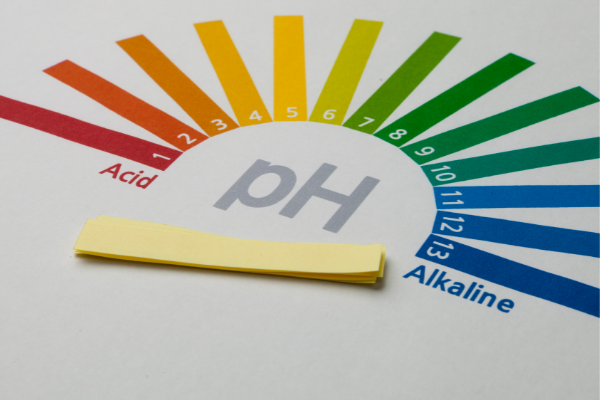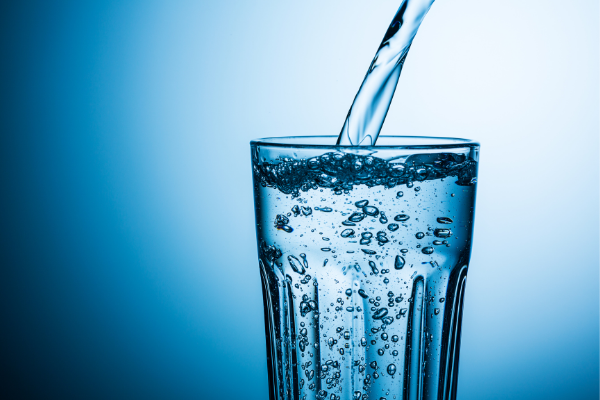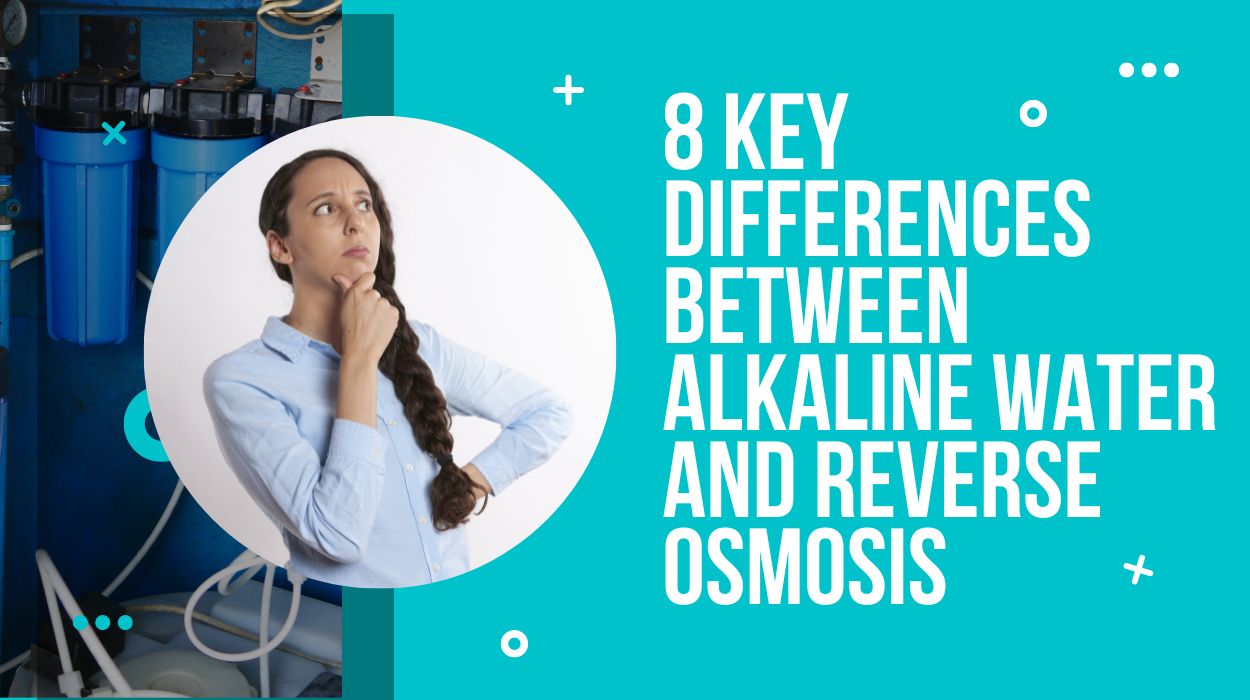Do you also have an app on your phone that constantly reminds you to drink water? If it’s a yes, that’s great. Staying hydrated is essential for your body to function properly.
But have you ever thought about which type of water would be better for you? Yes, you read it right. There are types of water as well. Depending on the type of purifier you are using, they might be categorized as alkaline water and reverse osmosis water. There are some critical differences between these two types of water. If you are wondering what they might be, stop! We got it curated all for you.
What are Alkaline Water and Reverse Osmosis?

Before we dig into the differences, let’s have an overview of both types of water:
1. Alkaline Water
Alkaline water occurs naturally. Alkaline water is water with a pH greater than 7, usually 9.4. The greater pH of water is due to minerals present in it. However, many purifiers now can turn our regular tap water into alkaline water as well.
2. Reverse Osmosis
Reverse Osmosis, popularly known as RO Filters, has a semipermeable membrane that filters out all water contaminants, including unwanted molecules and large particles. It is a demineralized and deionizer system. However, reverse Osmosis does not filter out dissolved salts, organics, bacteria, and pyrogens even with high filtration rates. Water obtained from these filters is acidic, usually with a pH of less than 7.
Now that we have learned about the types of water, let’s have a look at some of the main differences between them.
Differences Between Alkaline Water & Reverse Osmosis
1. Alkaline Water is Alkaline; Reverse Osmosis Water is Acidic

Reverse osmosis filters upto micronized size, upto 0.0001. It does remove dissolved contaminants, but it also filters out essential minerals from the water. Thus, we obtain pure water from reverse Osmosis. This pure water has a neutral pH, i.e., 7. However, pure water attracts carbon dioxide or CO2 molecules, decreasing their pH and turning it acidic. On the other hand, alkaline water is composed of minerals and electrolytes, which tend to increase the pH of water, making it alkaline in nature.
Author’s Note: A stressful life, air pollution, and junk food consumption can lead to acidity in our bodies. Drinking alkaline water neutralizes the acidity in our body, making us fit and healthier.
2. Reverse Osmosis Water is Devoid of Minerals

Yes, it’s shocking, but it is true. Owing to its significant filtration capability, reverse osmosis filters out the minerals in them. This makes the RO unfit for more prolonged use. Nonetheless, alkaline water has both minerals and electrolytes. Even if your regular diet is devoid of minerals or electrolytes, alkaline water can prove beneficial. Electrolytes in alkaline water help keep you hydrated for a more extended period. However, RO filters have been updated with ionizers that add necessary minerals to the water.
Does Reverse Osmosis Remove Alkalinity?
Reverse Osmosis removes carbon dioxide from water. Water obtained through reverse Osmosis is highly filtered, making it acidic. This results in a lower pH of water. It is believed that reverse Osmosis clears out almost 98% of the minerals from water.
3. Alkaline Water is Natural; Reverse Osmosis Water is Acidic
Alkaline water is the one that passes over through rocks, collecting minerals and increasing its pH level. Thus, alkaline water is naturally available. However, with recent advances, filters can also convert tap water into alkaline water. Reverse Osmosis Water can only be obtained through Reverse Osmosis (RO) filters. Hence, we can say that Reverse Osmosis Water is synthetic.
Now that you know the sources of these types of water, aren’t you excited to learn how both of them provide you with different health benefits? Well, keep reading and you will know.
4. Reverse Osmosis Water is Less Healthy than Alkaline Water
Reverse Osmosis discards essential minerals like calcium, iron, magnesium, and sodium from the water. Reverse Osmosis has also been associated with causing various water-borne diseases as it does not filter out these bacteria and viruses. According to the World Health Organization (WHO), water obtained through Reverse Osmosis has a direct effect on our intestinal linings and disturbs the homeostasis (the balance between salt and water) in our body.
A study published in the National Institute of Public Health recorded that people using reverse osmosis water complained of cardiovascular diseases, tiredness, weakness, and muscular cramps owing to magnesium deficiency. Reverse Osmosis has been attributed to possible harmful kidney diseases as well.
Alkaline water provides our body with the essential minerals and electrolytes while also keeping us energized and hydrated. Our bodies tend to absorb minerals and electrolytes more and faster from our water than our food. Higher pH indicates higher hydrogen ions in water. Higher hydrogen levels in alkaline water contribute to a strengthened immune system, cancer prevention, faster muscle recovery, and decreased symptoms of acid reflux. Thus, drinking water, especially alkaline water, is healthy.
5. Alkaline Water is Tastier than Reverse Osmosis Water
We know how hard it is to accept that even water can have a taste when all that we have been learning since our school days is that water is tasteless. However, minerals in alkaline water give it a specific taste, close to a fresh mountain-water taste. Since reverse Osmosis has low total dissolved solids (TDS), it has a negative taste. This taste can be described as a flat or bland taste. People also claim that RO water does not quench thirst. Low TDS water has also been attributed to weaker digestion.
What is the pH level of reverse osmosis water?
pH levels indicate the level of hydrogen ions present in water. Low pH or hydrogen levels in water make it acidic. pH levels below 7 indicate acidity. Thus, reverse Osmosis, being acidic, has a pH of less than 7, usually ranging between 5 and 7.
6. Getting Reverse Osmosis Water is More Expensive than Alkaline Water
Reverse osmosis or RO purifiers are costlier than alkaline water purifiers. Nonetheless, reverse Osmosis requires high pressure for filtration. This pressure is generated from water, also known as hydraulic pressure. Electricity is needed to drive this hydraulic pressure. On the contrary, alkaline water might not require electricity for filtration. This makes alkaline water purifier an eco-friendlier option to use.
How to make alkaline water at home?
Looking into so many benefits of alkaline water, we are sure you wish to drink alkaline water right now. Do you want to try alkaline water at home?
Follow these simple steps to make your own healthy alkaline water at home:
- Take a jar and fill it with water (1 liter).
- Take a lemon and cut it in half. Squeeze one half of the lemon in the water, slice the other half in thin slices, and add it to the water.
- Add 1-2 tablespoons of Sea Salt or Himalayan Pink Sea Salt into the water.
- Mix it well and let the water sit overnight for at least 8-9 hours.
Drink the water first thing in the morning and feel rejuvenated!
7. Setting Up an Alkaline Water Filter is More Economical than Setting Up a Reverse Osmosis (RO) Filter
Alkaline water filters are generally available as countertop filter jugs or units. These jugs do not take much of your space to fit in and can be easily placed anywhere. Alkaline water filters are also comparatively easy to install. Reverse Osmosis Systems are relatively hard to set up, and you may need a technician for them. These systems take up more space in the kitchen than an alkaline water filter.
If your kitchen is filled with all kinds of appliances, reverse osmosis systems won’t be the right choice for you. These factors make setting up an alkaline water filter easier and cheaper than a Reverse Osmosis Filter.
8. Reverse Osmosis Wastes Water
Reverse Osmosis works on hydraulic pressure, i.e., pressure due to water. This high pressure filtering out the contaminants requires large amounts of water. Thus, the amount of water filtered is less filtering is more than the amount of water being filtered. The retention rates with a reverse osmosis system depend on the model and the manufacturer. It can be as less as 20% too. This means that for every 20 liters of water filtered through Reverse Osmosis, 80 liters of water are wasted. That’s a massive amount of water!
Author’s Note: Choosing an eco-friendlier approach for healthy and sustainable living goes a long way. In a constantly developing world, where the resources are rapidly depleting, wasting water is not an intelligent choice.
You May Also Like To Read:
How to Make Mineral Water at Home?
Conclusion
Well, that was a lot of differences! Just a change in pH, their content and health benefits make a massive difference between alkaline water and reverse osmosis water.
Alkaline water contains calcium, magnesium, and electrolytes, keeping our bodies healthier and fitter. It neutralizes our body’s pH and keeps us hydrated for a longer time.
Reverse Osmosis lacks essential minerals, and only an ionizer can fix it. Ionizers are expensive. When alkalinisers can do the same for you at cheaper rates, you know what to choose.
Kindly drop in a comment below and let us know if you liked the article.


